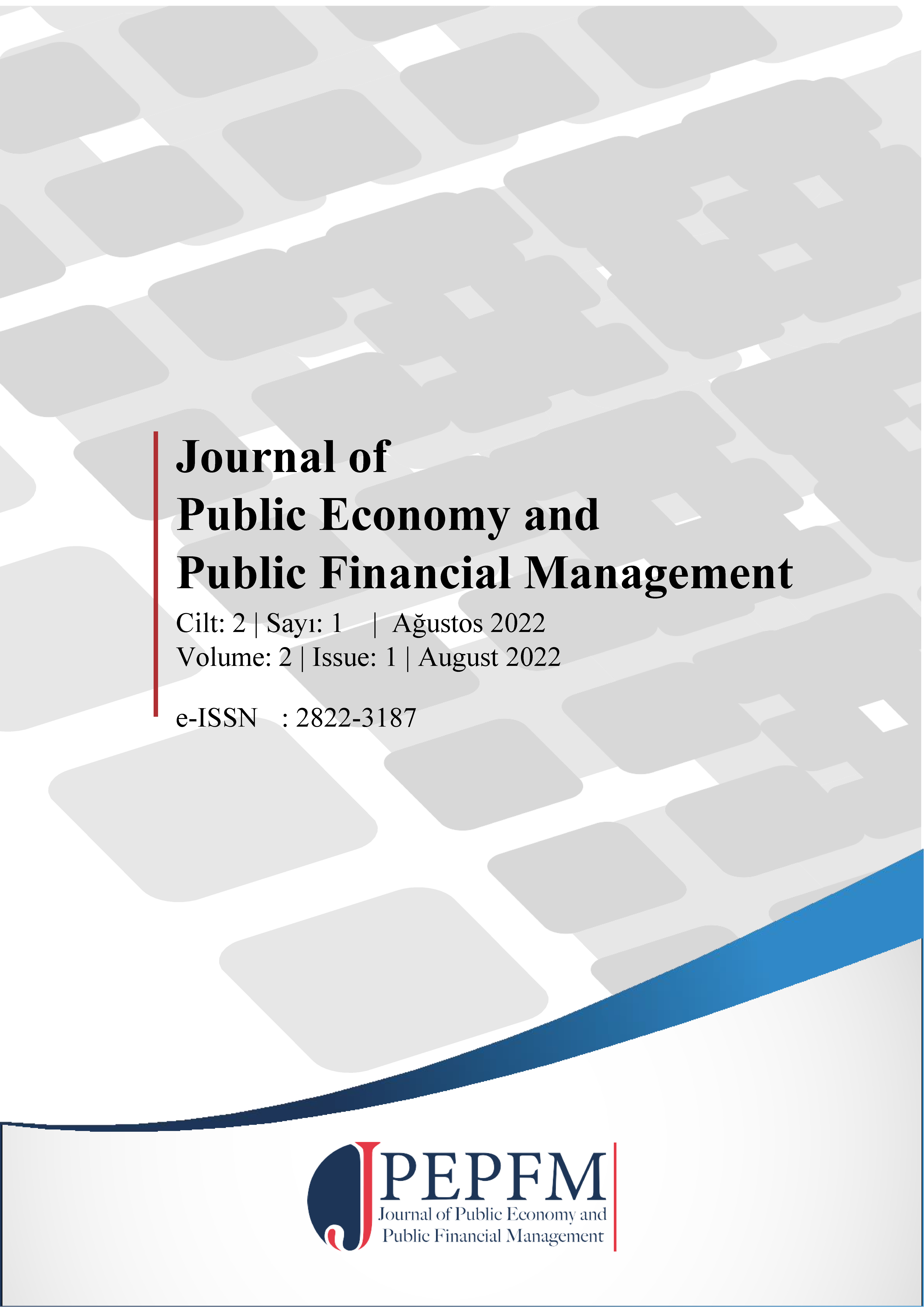MEASURING THE EFFICIENCY OF BUSINESSES IN BIST SUSTAINABILITY INDEX BY DATA ENVELOPE ANALYSIS
BIST Sustainability
Keywords:
DataAbstract
In the globalizing world, businesses need to be in constant competition with their competitors and achieve the maximum output with the least input for the sustainability. In this way, businesses increase their profitability, efficiency and effectiveness with minimum input and maximum output.
In this study, the data of the companies traded in the BIST Sustainability Index for the years 2018-2020 were examined and their efficiency was measured with the Data Envelopment Analysis Method. For the enterprises traded in the BIST Sustainability Index, total efficiency values were obtained by using the input-oriented CCR model, technical efficiency values using the input-oriented BCC model, and scale efficiency values were obtained by proportioning these values to each other. In the study, leverage ratio, market value and output variables are used as input variables, return on assets, return on equity, and earnings per share. According to the CCR model, 10 enterprises in 2018, 8 according to the BCC model, 17 according to the CCR model in 2019, 14 according to the BCC model, and in 2020 16 according to the CCR model and 15 according to the BCC model were not active.


